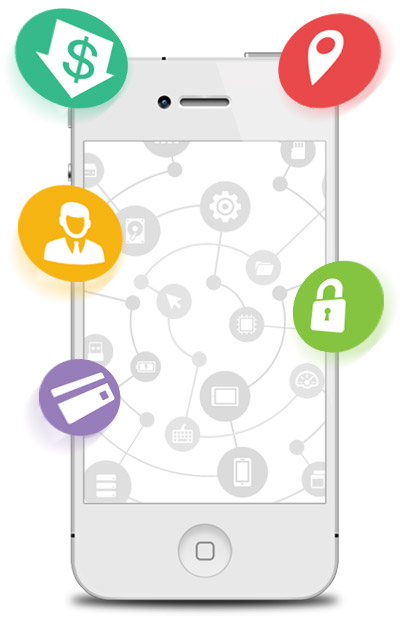Smart Phone as A New Credential
"Access Credentials" or traditionally known as keys to open doors has evolved significantly from the tangible objects like keys or cards, to codes that requires users to input a string of password or numbers before authorization is given, to biometrics identifications such as fingerprint, face or retina that based on your uniqueness for you to access into your office, gymnasium, laboratory, passageway or secure file closet at the threshold level, be it the door, flip barrier, turnstile, lift elevator, boom gate and etc.
Today, with the power of cloud computing and mobility technology; the credential management for physical access control system can be shifted to smartphone for these obvious reasons:
Smartphones are Ubiquitous
The smartphones are literally everywhere and as solution providers, it’s absurd to not tap on a BYOD (Bring Your Own Device) concept, replacing the conventional credentials and cutting down the investment cost at the same time.
Smartphones are Personal
The smartphones are personal and contain various functions. They're relatively expensive and therefore more likely than not will be guarded closely by the owners and less likely to be lost or misplaced like an access card, because losing a smartphone is a disaster in itself because people store a lot personal information inside it.
Smartphones are easier to Manage
Issuing and cancelling a credential for a smartphone is easier than for a card system. With smartphones, a credential can be created, sent over to users wirelessly and remotely through an Internet and mobile network, and cancelled when necessary. Whereas, cards have to be issued and handover to users physically, more costly and time consuming.

Smartphones are Location Aware
With GPS integration, the logical doors in the system database can be mapped to the physical coordinates and by using proximity algorithms, the information can be updated directly onto a Smartphone, giving users a list of doors or buildings that can be accessed within a certain range.
Smartphones are more Secure
People don't share a smartphone with anybody, not even with your spouse or a very close friend. Using a smartphone as a credential eliminates the sharing of card problem and on top, cards are easily cloned or hacked making them susceptible to misuse. Smartphone authentication on the other hand, with its embedded biometric feature, code, and MAC ID combinations offers a very secure physical access mechanism.
Putting Huge Computing Power into your New Credential
When a smartphone is used as a new credential in the physical access control system, it is not merely a shift of authentication from one medium to another. It sparks a paradigm shift by putting a huge computing power into your credential, giving you the computing power that is even bigger than a controller, is that usually sitting in the premises in an access control system.
With this, it unlocks the untapped value and opens up a whole new world for the access control industry. Imagine the reversal, you carry a controller with all the commanding power, and the readers or controllers are merely passive devices that receive signal to open and close doors according to your preset instructions in your smartphone.






